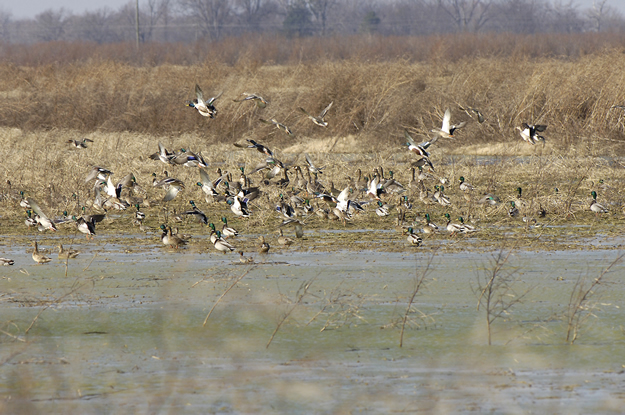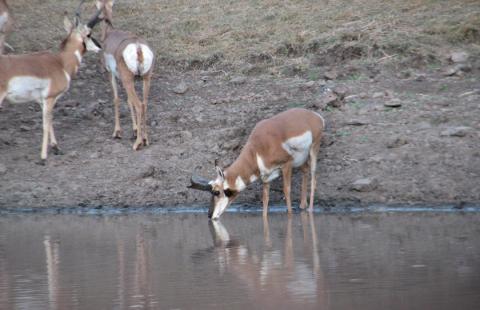
Tips for creating your own duck hunting hot spot
So many land owners are closer to a waterfowl hot spot than they realize. If you have a beaver pond, low area that floods, or a spot that you can regulate the water level with the use of a pump and blocking a culvert, you can have awesome waterfowl hunting. Managing your property for another game species can dramatically increase its value, and duck hunting is a sport that can be enjoyed with family and friends – that time in a treestand hunting whitetails is very isolated. It merges friends and conversation with fast flying targets that challenge anyone’s wing shooting skills.
Beaver ponds that dry down in the summer months can be planted and ready for action when the winter rains fill them back up. These same beaver ponds can be drained with a little help from a potato rake or the expertise of a demolition specialist. A spot that traditionally floods can also be planted and then filled by the late summer thunderstorms. Maybe you have a small swamp or pond – these can be drained with a small pump and then planted. Plant the mud flat that’s created and for the next few months keep the spot from flooding and allow the plants time to establish and get some height.
Guide’s Choice is the ultimate waterfowl planting to use in this situation. It’s a combination of a selected variety of Japanese millet, mixed with a calculated percentage of a selected variety of grain sorghum. It typically takes 60 days to mature, but can make a seed head in as little as 45 days. It loves to have its roots damp and thrives in the bottomland environments. Once you get the crop planted and growing you can control a lot of unwanted vegetation by spraying 2,4-DB. This blend will produce billions of seeds that waterfowl will relish. Add more water to your impoundment as the season progresses so your ducks can access new areas.



























